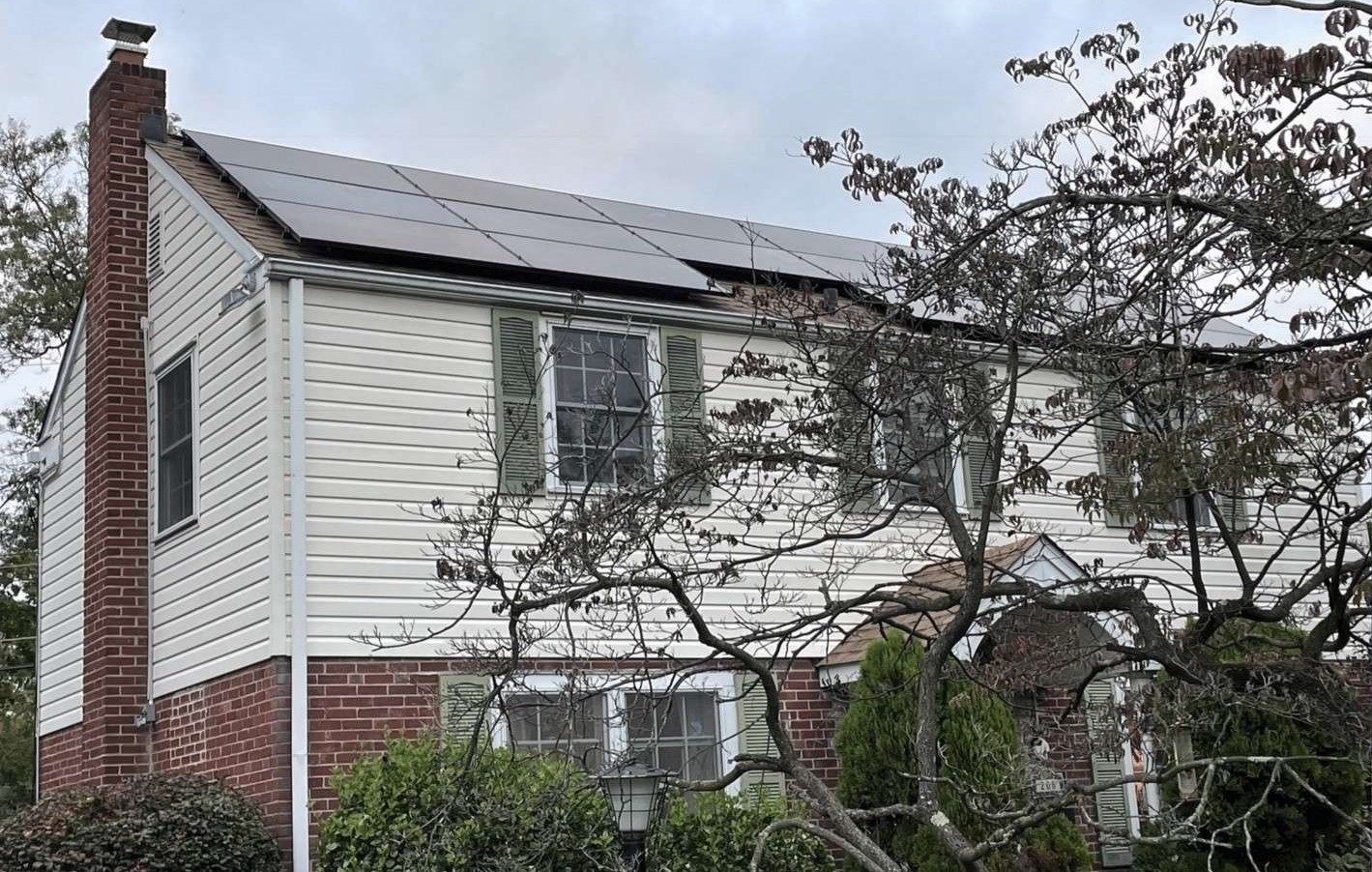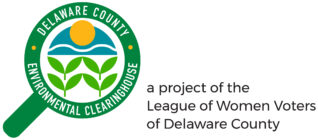Trump killing Solar for All just as it starts to deliver
By Jeff St. John for Canary Media Aug. 8, 2025
Alicia Brown, director of the Georgia Bright Coalition, wants people to know that the $7 billion Solar for All program is starting to bring affordable solar power to her home state — even as the Trump administration threatens to kill it.
With the $156 million Solar for All grant the coalition won last year, it’s installing no-cost rooftop solar for low-income homeowners and expanding a two-year-old pilot program that offers low-cost solar and battery installations for thousands more residences. It’s also planning to back community solar projects and is helping finance solar and batteries at churches that promise to use the cheap power to lower utility bills for disadvantaged households and provide shelter during grid outages.
Now this program and others being actively developed by state agencies, municipalities, tribal governments, and nonprofits that received Solar for All grants are in jeopardy. The Environmental Protection Agency, which administers the grant program, is preparing to send letters to all 60 awardees informing them that their funding will be terminated, according to news reports this week citing anonymous sources.
The National Association of State Energy Officials (NASEO), a group representing the state agencies responsible for managing a large chunk of Solar for All funding, also widely circulated an email warning that the EPA could be on the brink of ending the program.
“We do not have any additional details or validation of the news that has been reported,” NASEO President David Terry wrote in the email, which was shared with Canary Media. “Yet, the information received yesterday comes from a credible source.” (NASEO did not immediately respond to requests for comment.)
Cutting Solar for All funding would be a mistake, said Michelle Moore, CEO of Washington, D.C.–based nonprofit Groundswell. Over the next five years, the program promises to deliver more than $350 million in annual electric bill savings to more than 900,000 low-income and disadvantaged households — desperately needed relief in a time of high and rising utility costs.
And the more than 4 gigawatts of solar power the program aims to bring online, much of it backed up by batteries, could help utilities across the country meet growing demand at a time when the Trump administration and Republicans in Congress have undermined the policies supporting clean energy growth.
Groundswell is using its $156 million Solar for All grant to launch the Southeast Rural Power Program, open to municipal utilities and rural cooperatives across eight Southeastern states to develop more than 100 megawatts of distributed solar and battery projects.
Those projects could cut electricity bills in half and improve local resilience for more than 17,000 households. That’s a vital source of new grid capacity for a region facing unprecedented growth in demand for electricity, Moore said.
“This country is short on power right now. We need every electron we can get,” she said. Terminating Solar for All at this stage would equate to “this administration raising electricity bills for more than 1 million families. Now is not the time.”
How the Trump administration has undercut Solar for All
Solar for All, an initiative of the Inflation Reduction Act’s $27 billion Greenhouse Gas Reduction Fund (GGRF), had its funding frozen in January as part of a broader attack on Biden-era climate and environmental programs.
In the face of court orders declaring these freezes unlawful, in February the EPA reopened funding for Solar for All and other congressionally mandated programs. Since then, Georgia Bright hasn’t experienced any difficulty accessing its Solar for All funds, Brown said.
But because of the way that reimbursement is structured under the program, the coalition and other Solar for All awardees need the EPA to continue to make funds available to cover ongoing expenses. “It’s not like there’s $156 million in our bank account,” she said.
Other EPA-administered programs haven’t fared so well. EPA Administrator Lee Zeldin is still blocking $20 billion in funding for the broader GGRF program and is appealing federal court orders to release the money. EPA is also facing a class-action lawsuit demanding it release the billions of dollars in environmental justice block grants it terminated.
Solar for All has been something of a bright spot amid these roadblocks, Brown said. In recent months, grantees like Georgia Bright have begun rolling out their first rounds of funds.
In May, Vermont’s Department of Public Service announced $22 million in grants for low-income-housing solar projects. Last month, Michigan’s Office of Climate and Energy announced eight projects, ranging from an agrivoltaics installation near a municipal airport to solar panels on a multifamily building serving low-income seniors. And the Nevada Clean Energy Fund, a nonprofit green bank, last month announced its first project — nearly $1 million to help a sober living facility in Reno install rooftop solar.
“It seems like this program has bipartisan support — it certainly does in Nevada — because there’s a big need for it. Reducing energy costs is important, particularly in our economic environment,” said Kirsten Stasio, CEO of the Nevada Clean Energy Fund. “If an affordable housing owner needs to pay more for their utility bills, it means they are paying less on supportive services for their tenants.”
The EPA’s initial funding freeze was concerning, said Chris Walker, head of national policy and programs for Grid Alternatives, the country’s largest free solar installation nonprofit and prime contractor for more than $300 million in Solar for All grants. Still, “we were confident we were on a solid legal footing to continue the work, and continued staffing and contracting processes, with a bit of nervousness about what might be coming,” he said.
Now, as Grid Alternatives prepares to launch its first Solar for All projects, he said, “We’re in capacity-building mode and compliance mode.”
Rumors that the EPA plans to terminate Solar for All have been swirling for months, said Jillian Blanchard, vice president of climate change and environmental justice at Lawyers for Good Government, a nonprofit coalition of attorneys, law students, and activists that’s challenging other EPA funding cuts.
“There are many, many Solar for All grantees doing everything in their power to move things forward,” she said. “But EPA is not making it easy.”
Cutting off Solar for All grants would almost certainly draw a legal challenge, given that the funds were awarded by the EPA last year under contracts that cannot be terminated without cause.
“If leaders in the Trump administration move forward with this unlawful attempt to strip critical funding from communities across the United States, we will see them in court,” Kym Meyer, litigation director for the Southern Environmental Law Center, told Canary Media. “We have already seen the immense good this program has done on the ground, and we won’t let it be snatched away to score political points.”
Complicating matters, Blanchard said, is the megalaw passed by Republicans in Congress last month, which officially repealed statutory authority for the GGRF and rescinded unspent funds from the program. The law, however, does not claw back obligated funds, she said.
An EPA spokesperson declined to say if the agency intends to terminate Solar for All grants, but told Canary Media in a Tuesday email that “with the passage of the One Big Beautiful Bill, EPA is working to ensure Congressional intent is fully implemented in accordance with the law.”
Blanchard said that language in the megalaw clearly indicates that the intent of lawmakers was to retain obligated spending from the GGRF. “If EPA does this unilaterally, it will be pulling a complete bait and switch on the American people, increasing utility bills, and flouting congressional intent,” she said.
Building the energy the grid needs — and fast
Terminating Solar for All funds wouldn’t just harm the communities burdened by high and rising electricity prices, said Sachu Constantine, executive director of nonprofit advocacy group Vote Solar. It would also hurt utilities struggling to meet rising electricity demand.
A growing body of research shows that low-income neighborhoods and communities of color face greater risks of power outages and grid failures, partly due to decades of underinvestment in the grids that serve them. Solar for All “targets frontline underinvested communities, which means it’s targeting weak spots on the grid,” Constantine said. “It’s infrastructure in the right places for the right people.”
And solar and batteries are the right technology to solve the problem, he contended. Solar panels and lithium-ion batteries are not only the cheapest and fastest-to-deploy sources of new grid supply; they’re also capable of lowering peak electricity demands that drive the lion’s share of utility costs, by serving as virtual power plants.
“When we don’t have to deploy the most expensive peaker [power plants], when we can better utilize the distribution lines, we’re saving the cost for everyone,” he said. “We’re taking the entire system and making it run better.”
That’s a role Georgia Bright wants to play with its community-benefits solar program, Brown said. Last month, the Georgia Public Service Commission approved a long-term resource plan from Georgia Power, the state’s biggest utility, which has been criticized by environmental and consumer advocates for extending the life of aging coal-fired power plants and opening the door to building up to 8.5 gigawatts of new fossil gas–fired turbines.
But the plan also includes a pledge from Georgia Power to develop a pilot program that will seek up to 50 megawatts of solar and battery capacity from customers. Georgia Bright worked to get that program included in the utility’s plan, Brown said — and it plans to use its community-benefits solar program to help churches, nonprofits, businesses, and multifamily housing properties install the solar and batteries to participate in it.
“I think we’ll hit the 50 megawatts pretty quickly — and the commission is open to raise that limit,” she said. “They recognize if you need to serve all this new load, you can’t wait on natural gas plants that have a five-year backlog to get a turbine.”
Groundswell’s Southeast Rural Power Program offers similar fast-start options for utilities struggling to meet growing demand for power, Moore said. “It’s a straightforward way to work across the Southeast in very diverse states with very diverse needs.”
SECO Energy, a rural electric cooperative in Florida, is one of the potential partners for Groundswell’s new program. About 80,000 of SECO’s roughly 250,000 customers are low and moderate income, and “Solar for All checks a lot of the boxes for us to serve that segment of the population,” SECO CEO Curtis Wynn said.
“We’re in a high-growth area, and during the last two or three days, the heat index was over 100 degrees — it puts a strain on our system,” he said. “If there’s a way we can use grant dollars to buy down the cost of generation today that’s going to remain stable in the next 20 years in a rising-cost environment, that’s a huge advantage.”
Jeff St. John is chief reporter and policy specialist at Canary Media. He covers innovative grid technologies, rooftop solar and batteries, clean hydrogen, EV charging, and more.

